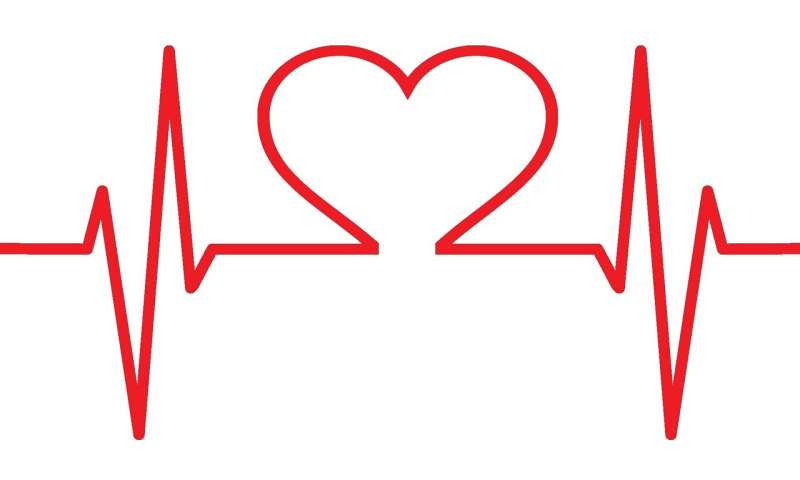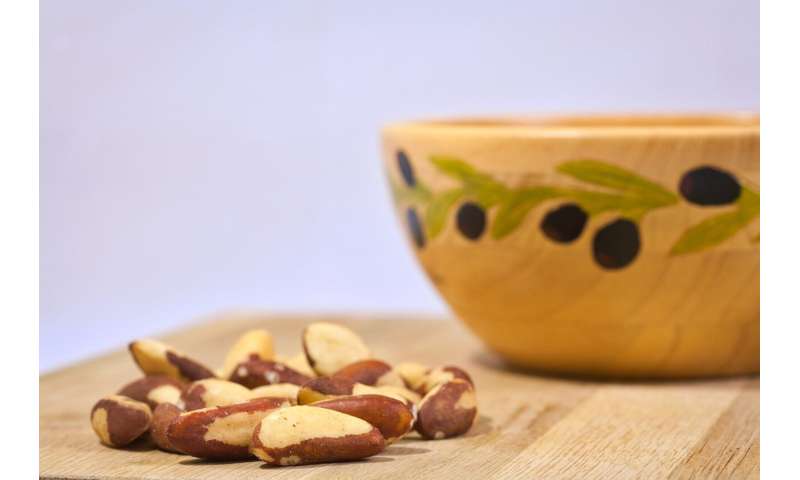Abstract
OBJECTIVE:
Myocardial infarction (MI) is a leading cause of mortality and morbidity worldwide and new treatment strategies are highly sought-after. Paradoxically, reperfusion of the ischemic myocardium, as achieved with early percutaneous intervention, results in substantial damage to the heart (ischemia/reperfusion injury) caused by cell death due to aggravated inflammatory and oxidative stress responses. Chronic therapy with vitamin E is not effective in reducing the cardiovascular event rate, presumably through failing to reduce atherosclerotic plaque instability. Notably, acute treatment with vitamin E in patients suffering a MI has not been systematically investigated.
METHODS AND RESULTS:
We applied alpha-tocopherol (α-TOH), the strongest anti-oxidant form of vitamin E, in murine cardiac ischemia/reperfusion injury induced by ligation of the left anterior descending coronary artery for 60 min. α-TOH significantly reduced infarct size, restored cardiac function as measured by ejection fraction, fractional shortening, cardiac output, and stroke volume, and prevented pathological changes as assessed by state-of-the-art strain and strain-rate analysis. Cardioprotective mechanisms identified, include a decreased infiltration of neutrophils into cardiac tissue and a systemic anti-inflammatory shift from Ly6Chigh to Ly6Clow monocytes. Furthermore, we found a reduction in myeloperoxidase expression and activity, as well as a decrease in reactive oxygen species and the lipid peroxidation markers phosphatidylcholine (PC) (16:0)-9-hydroxyoctadecadienoic acid (HODE) and PC(16:0)-13-HODE) within the infarcted tissue.
CONCLUSION:
Overall, α-TOH inhibits ischemia/reperfusion injury-induced oxidative and inflammatory responses, and ultimately preserves cardiac function. Therefore, our study provides a strong incentive to test vitamin E as an acute therapy in patients suffering a MI.




